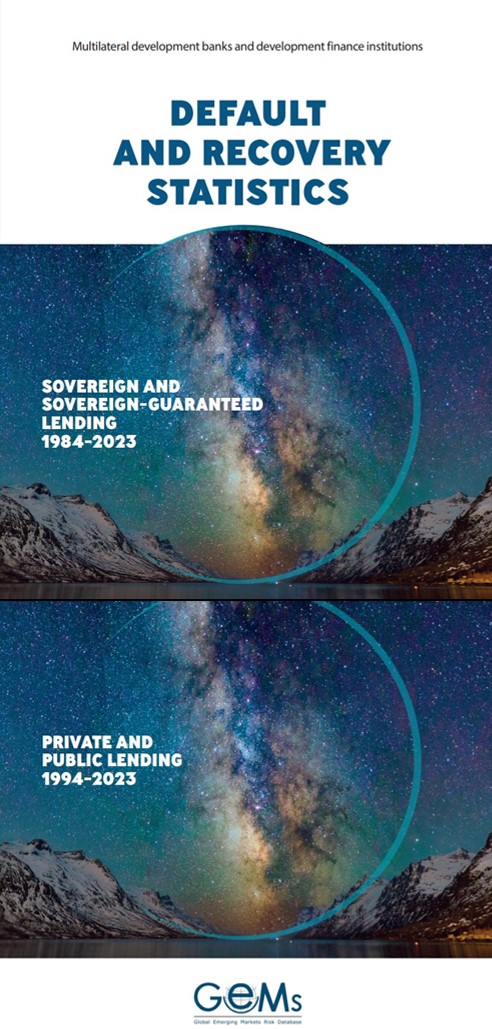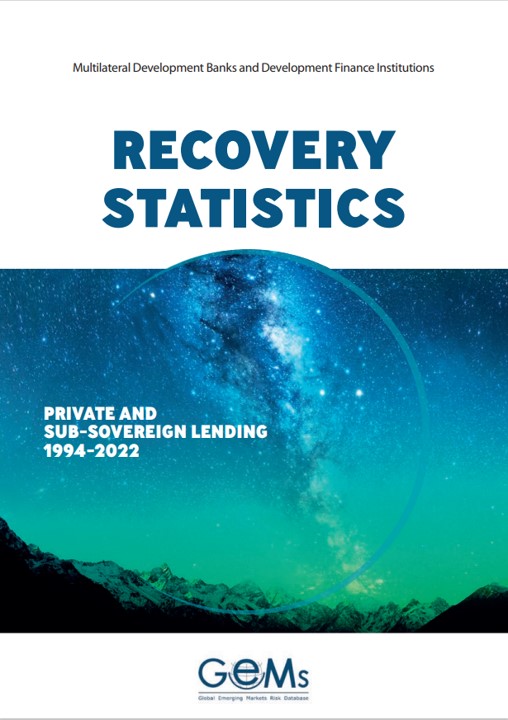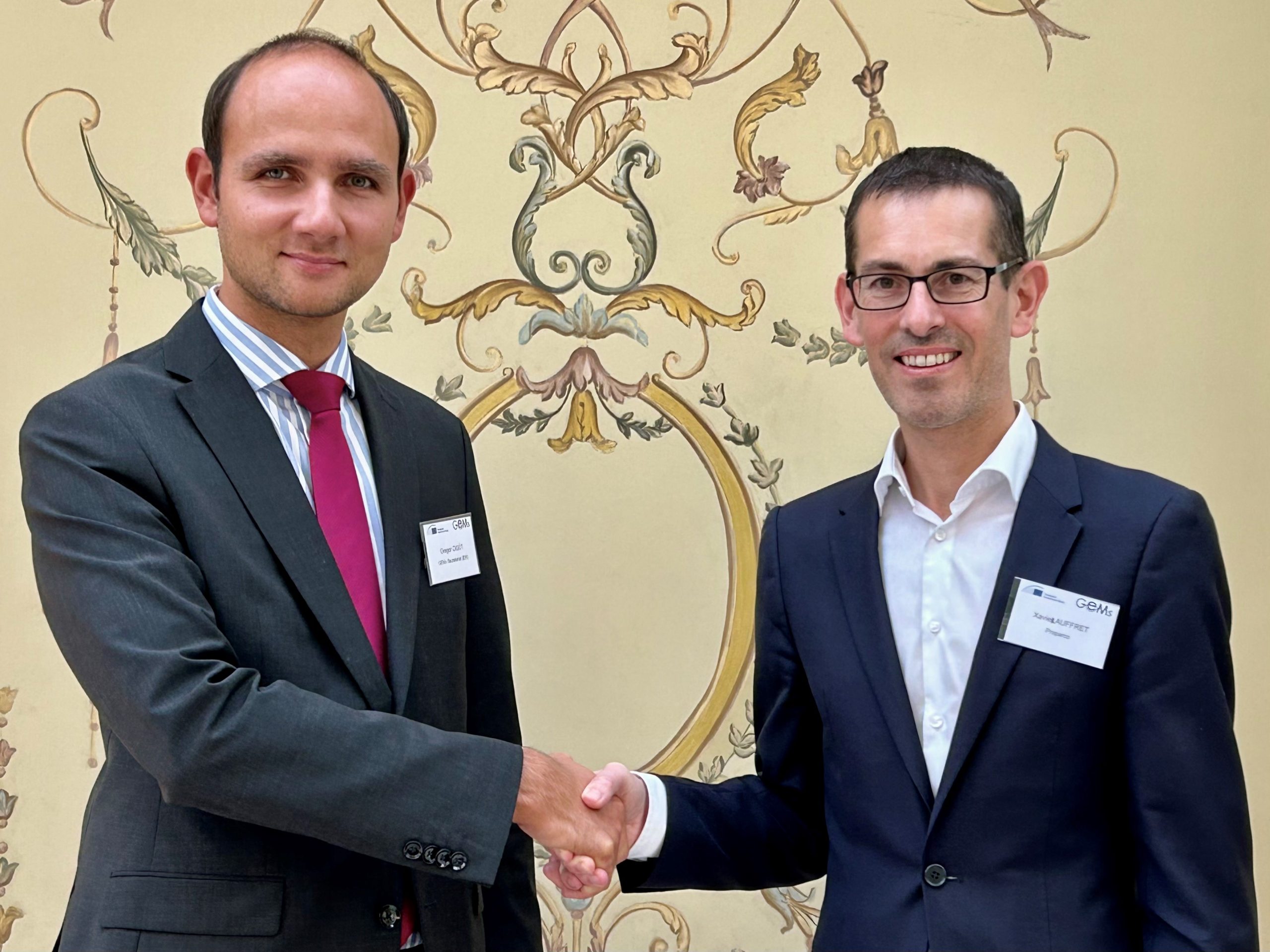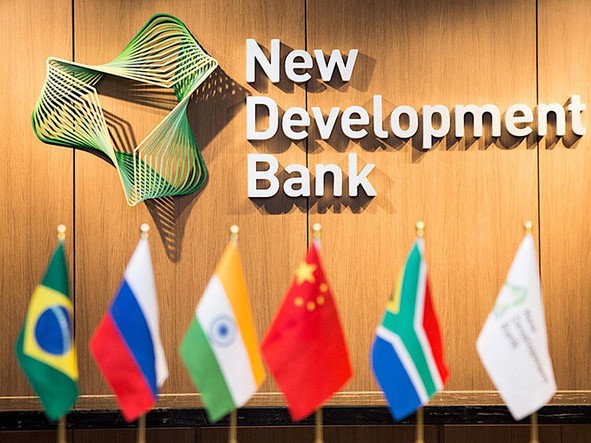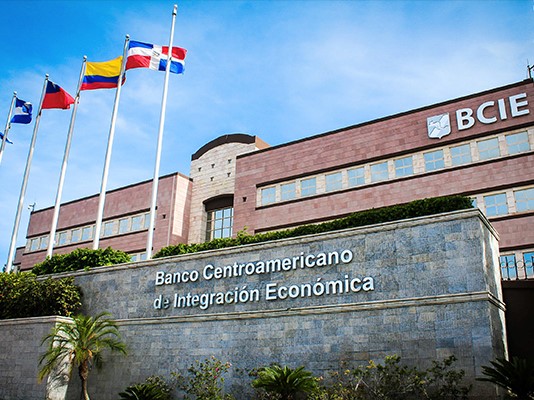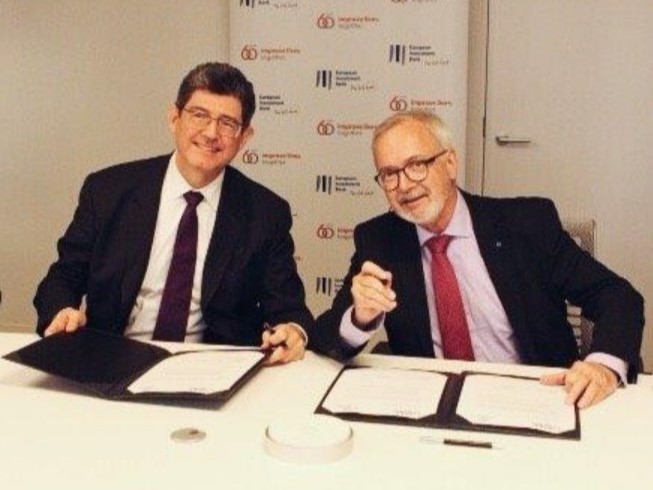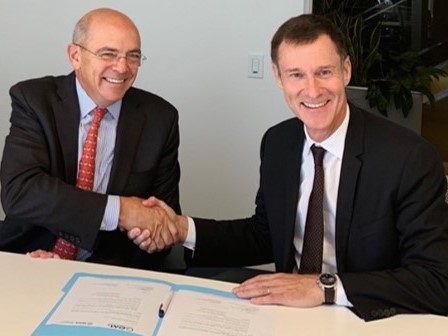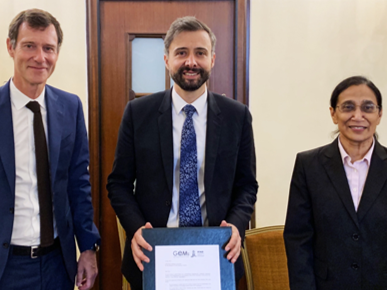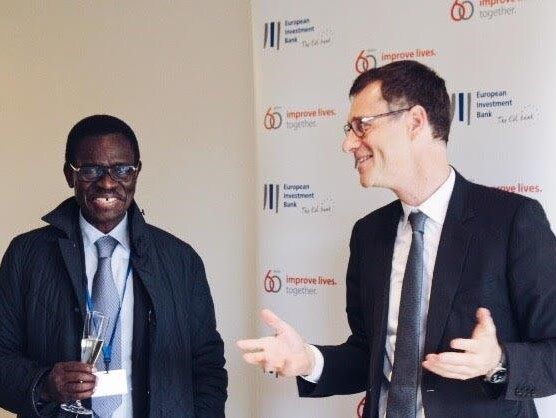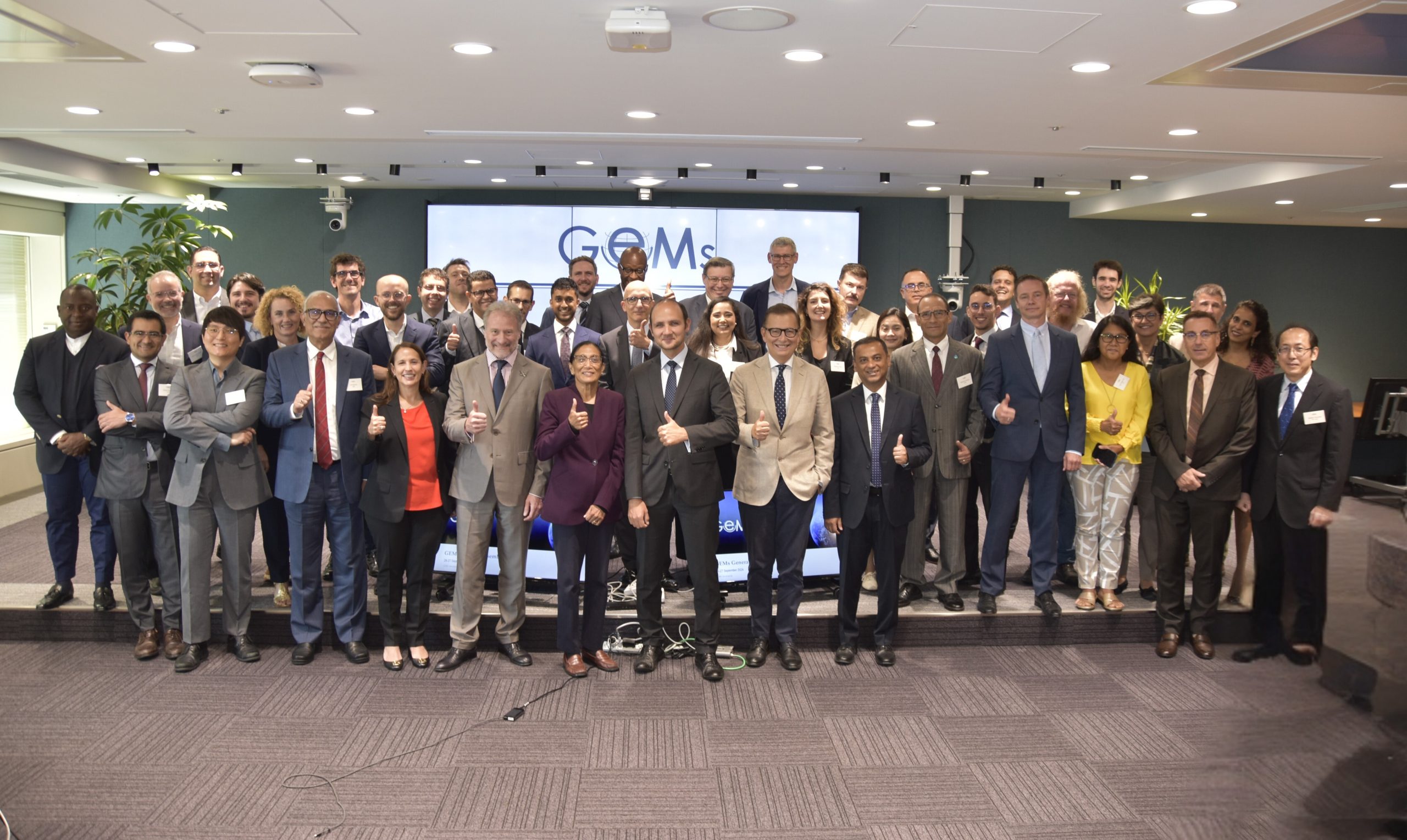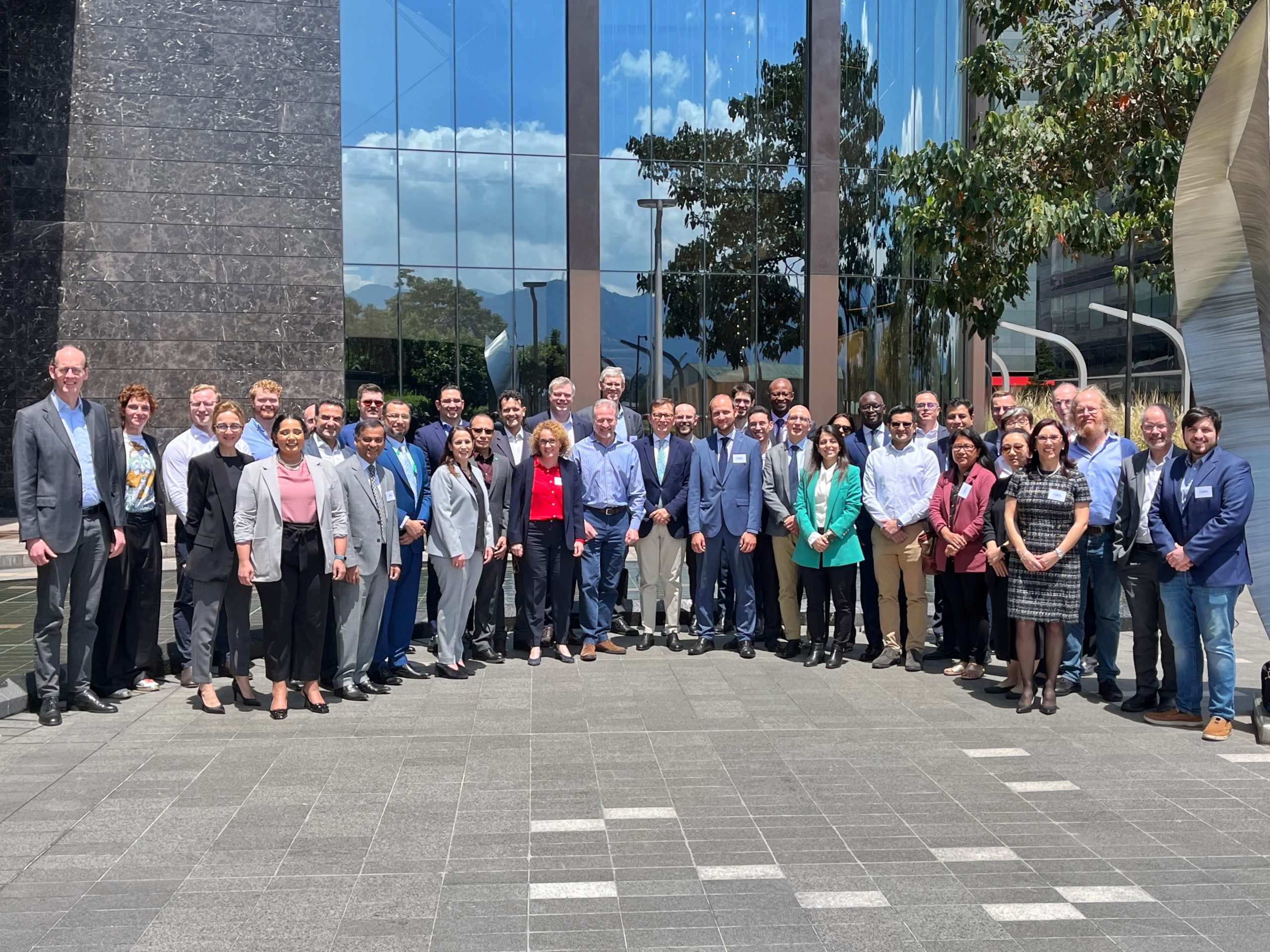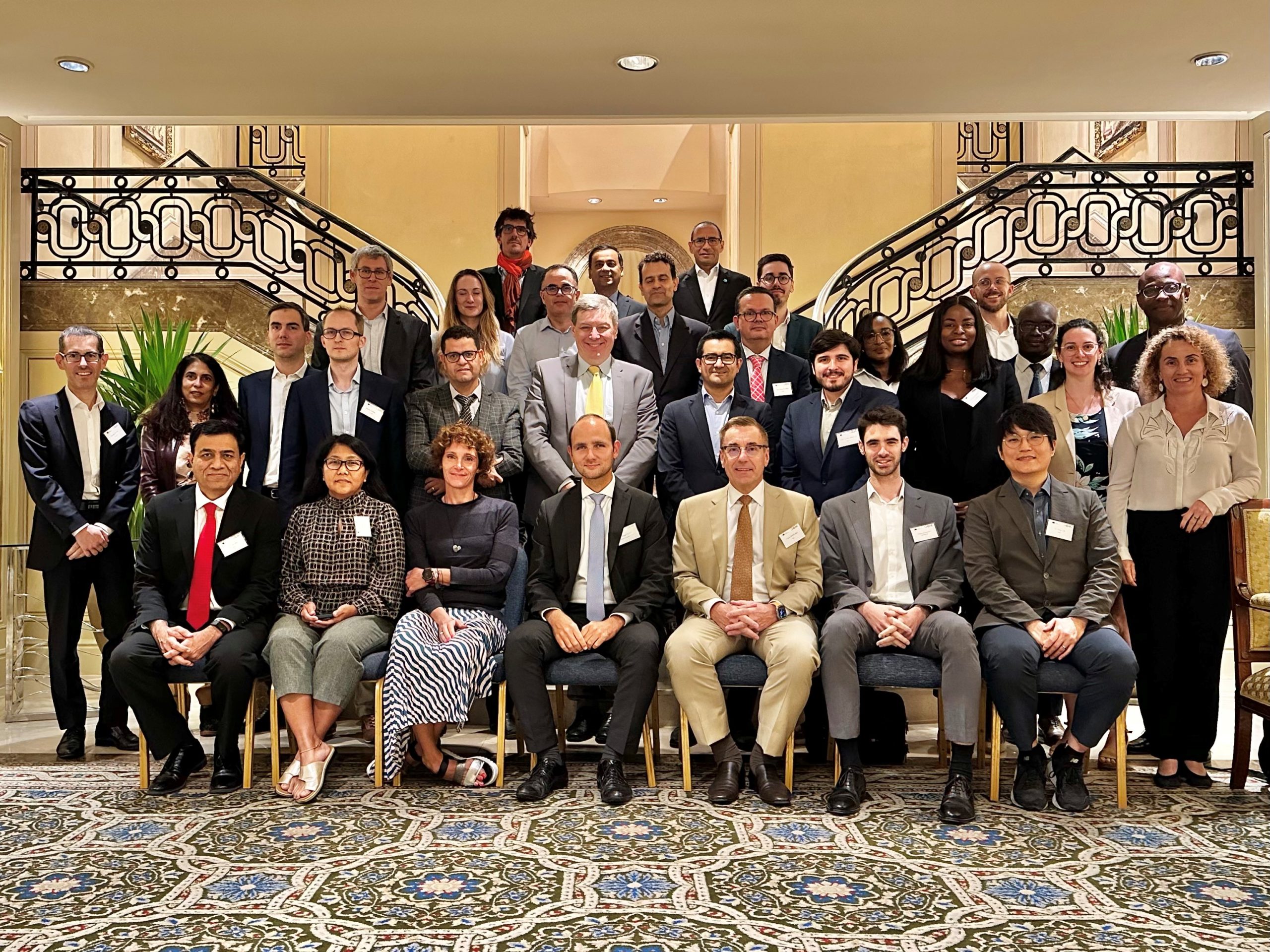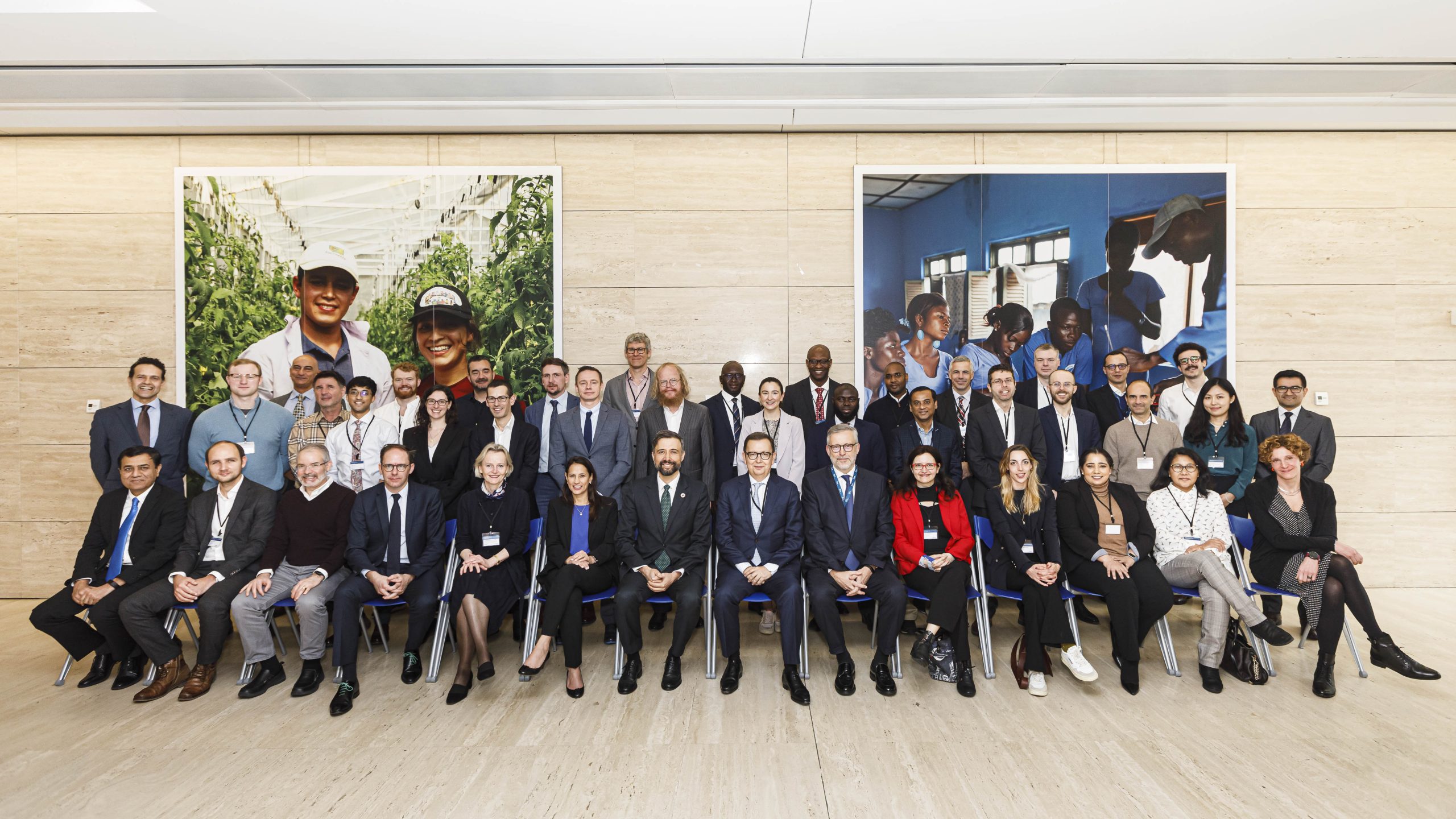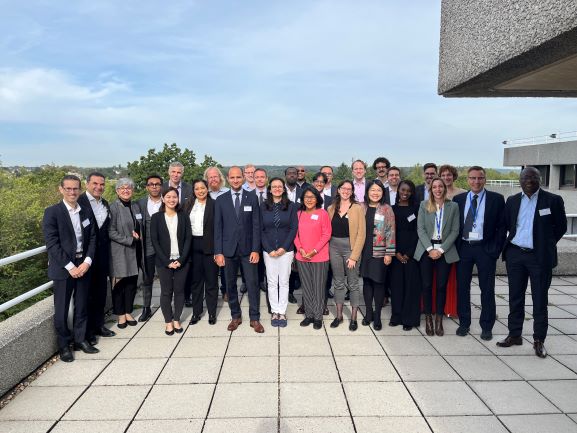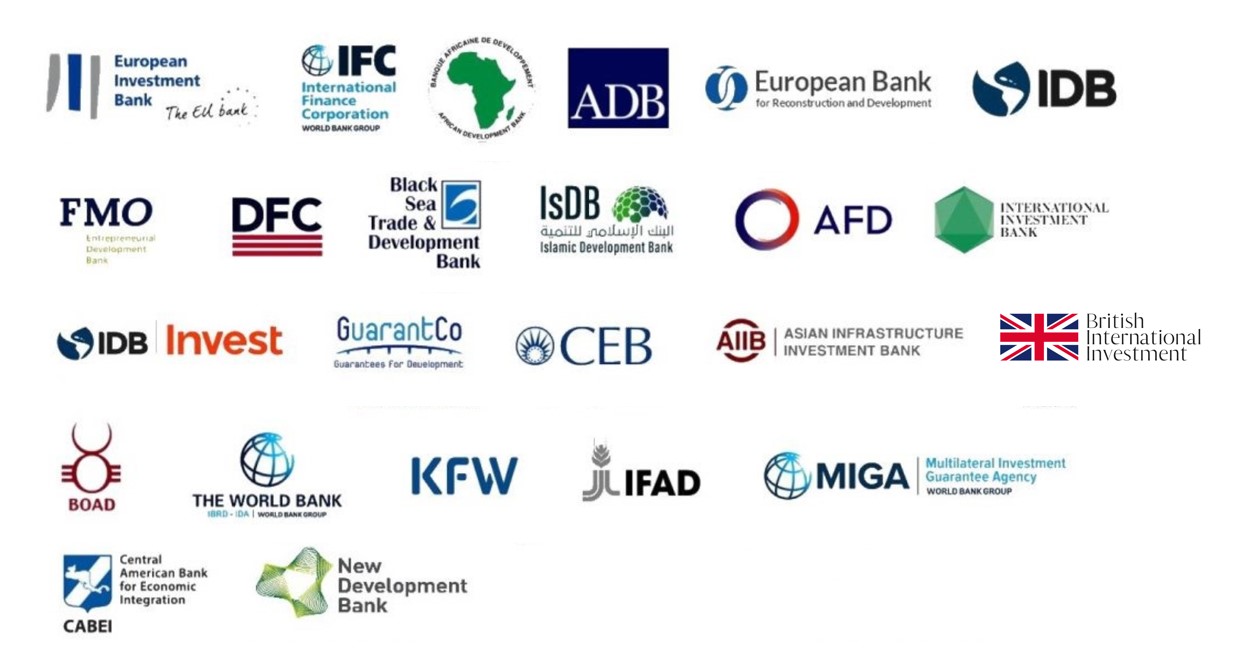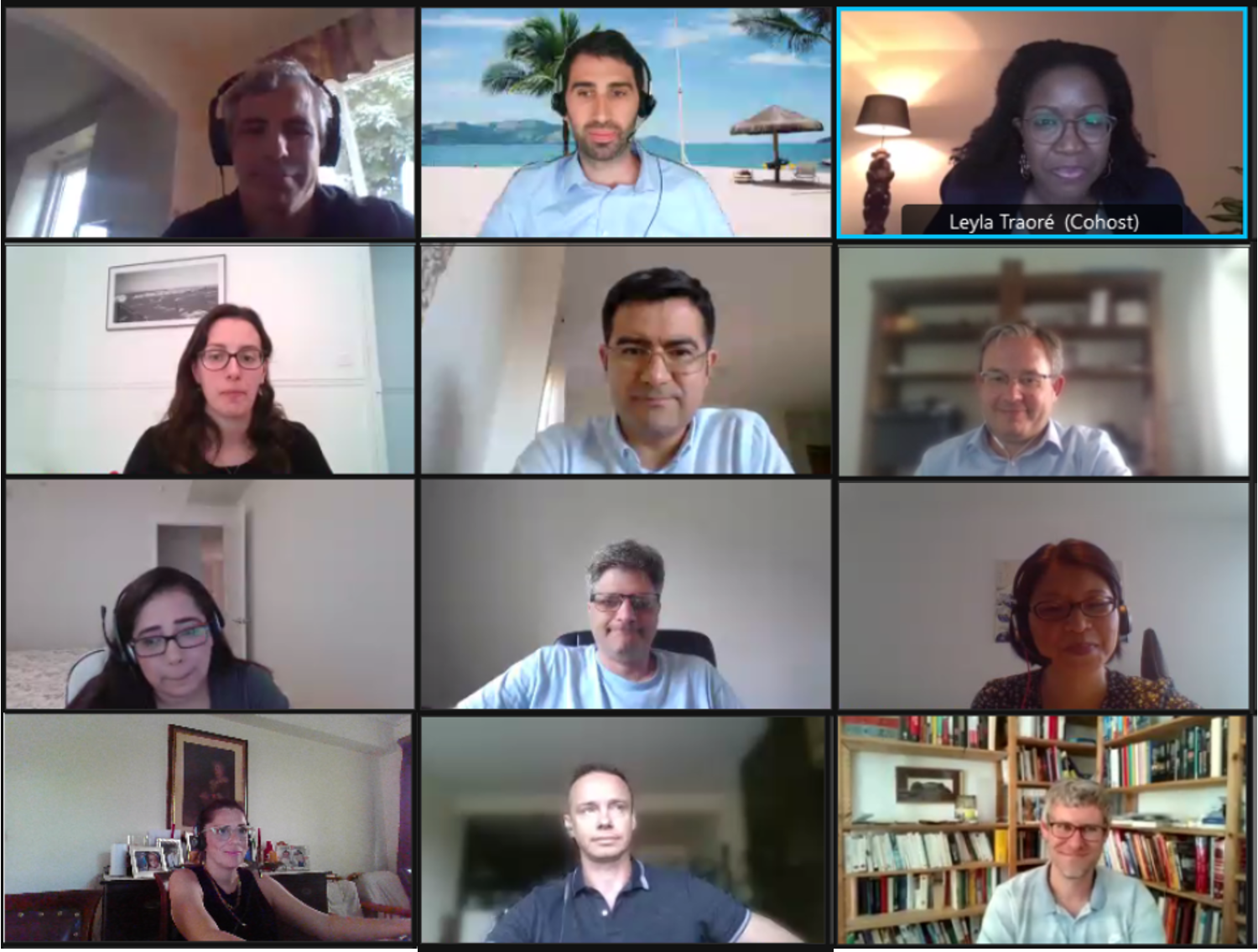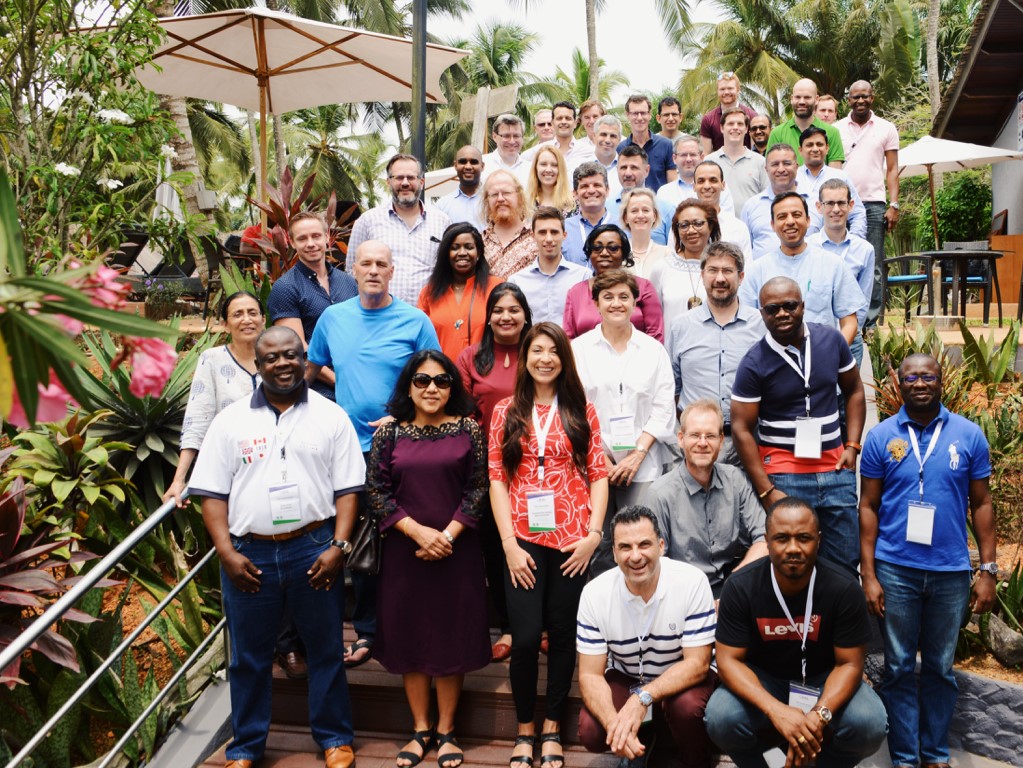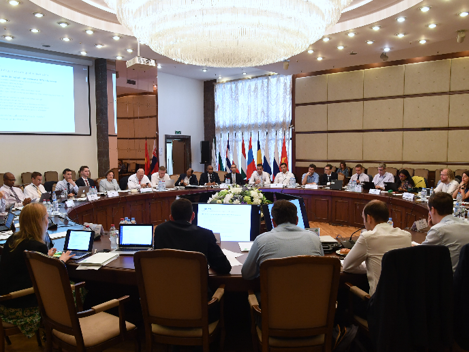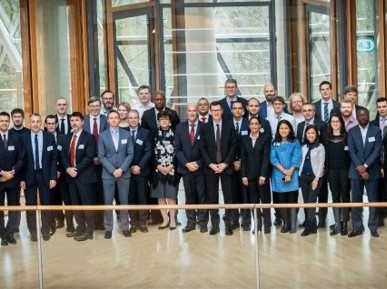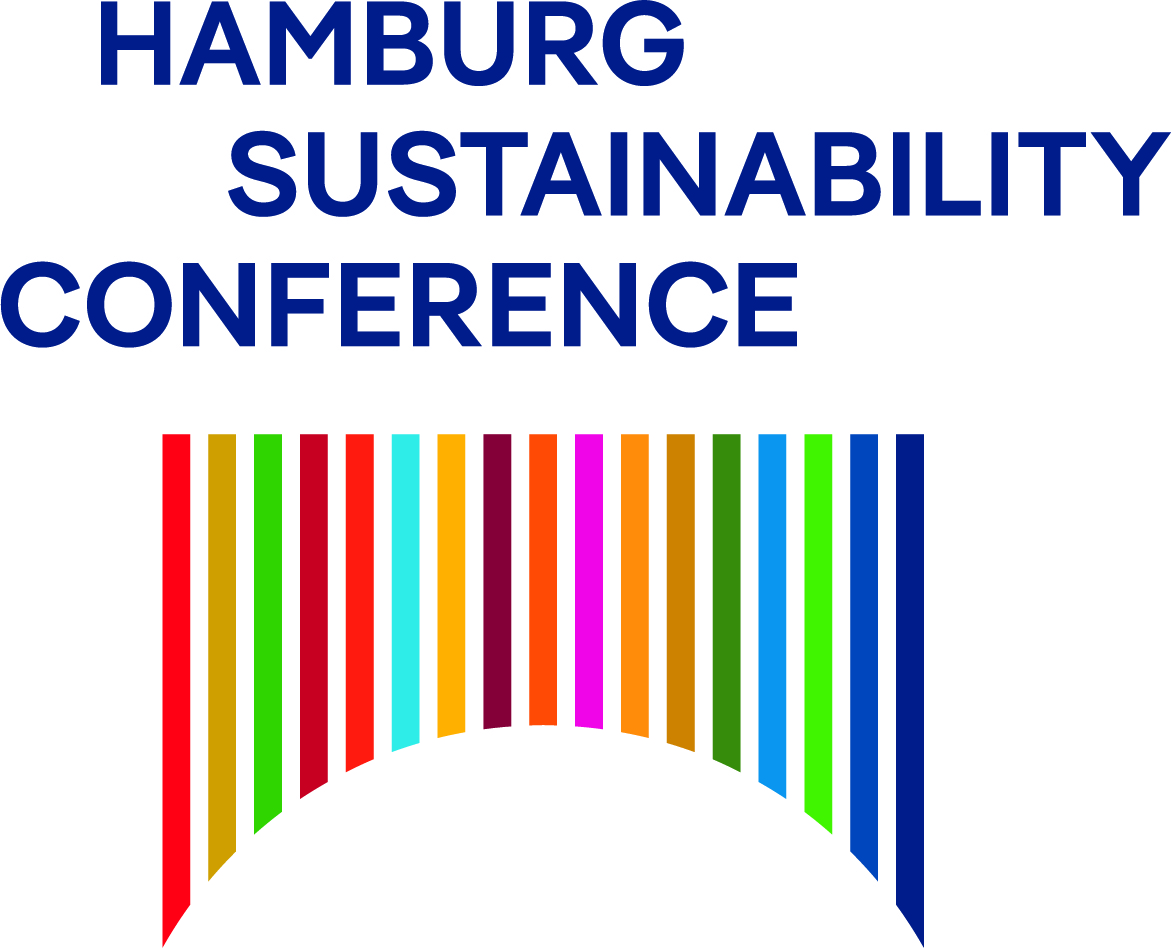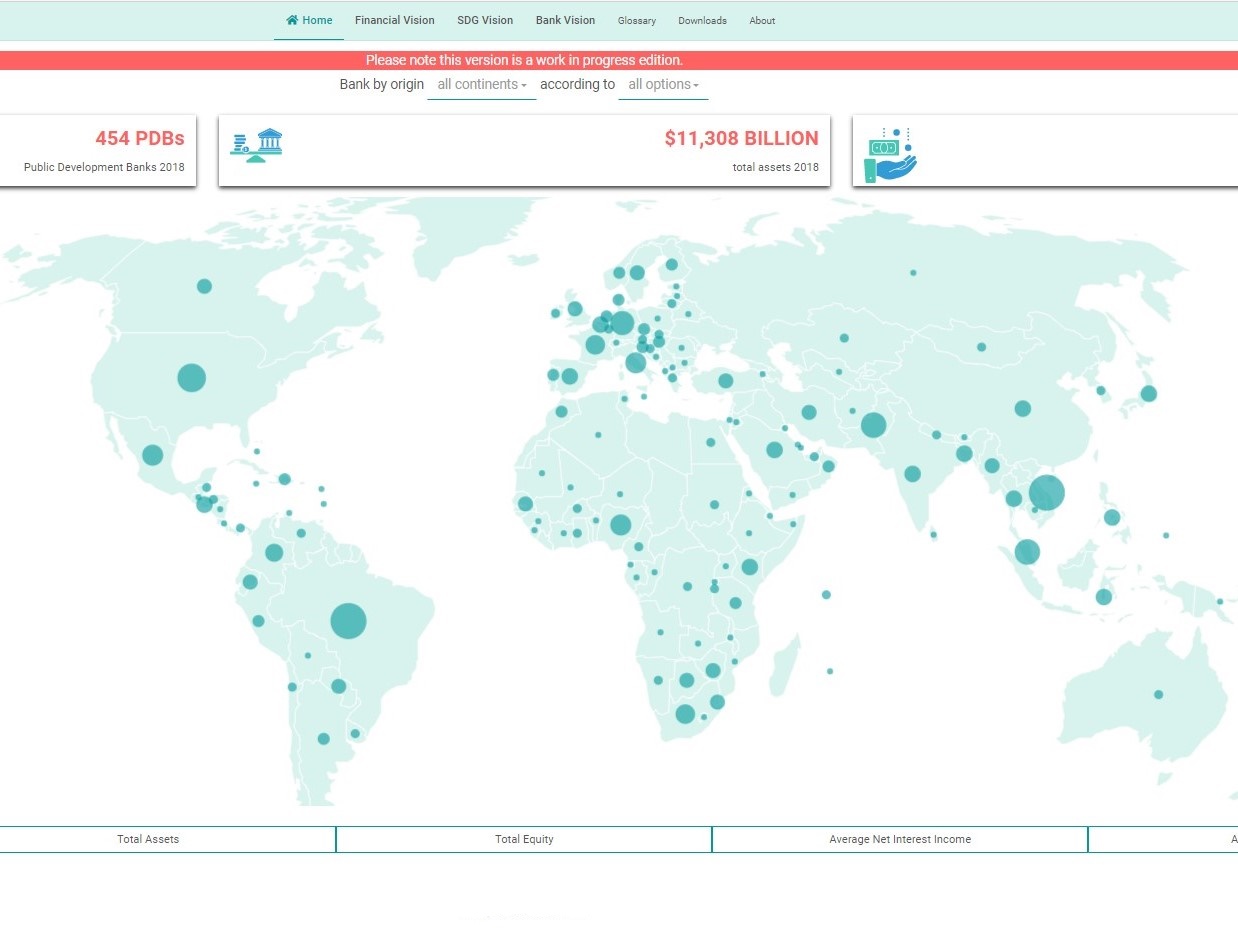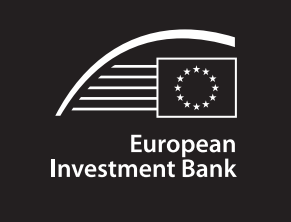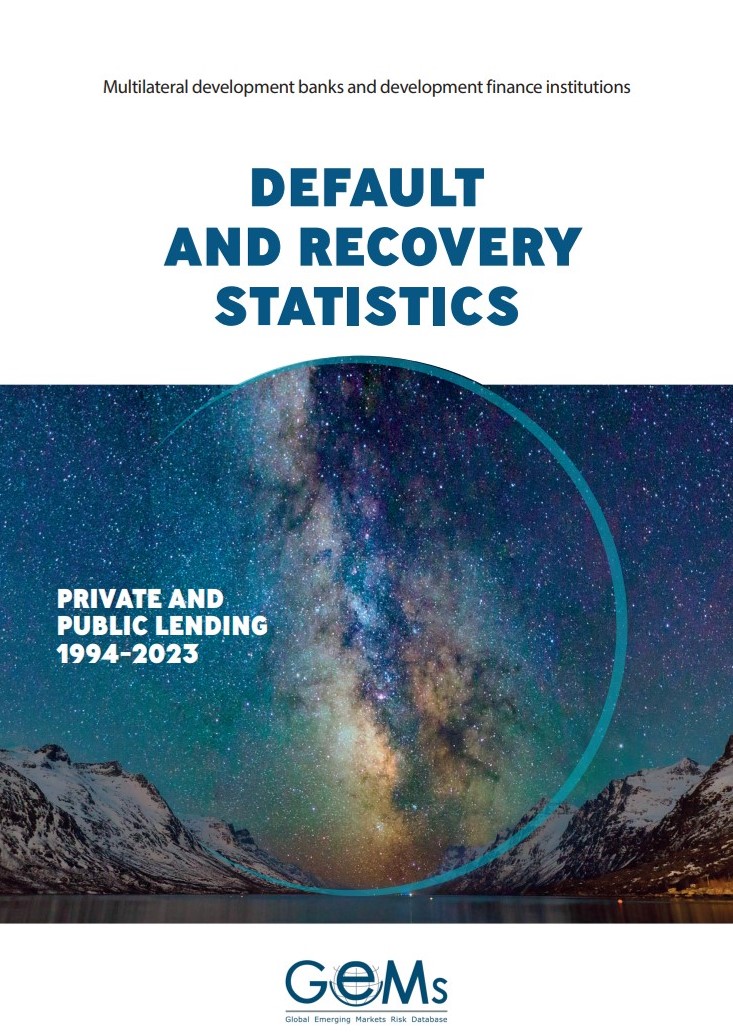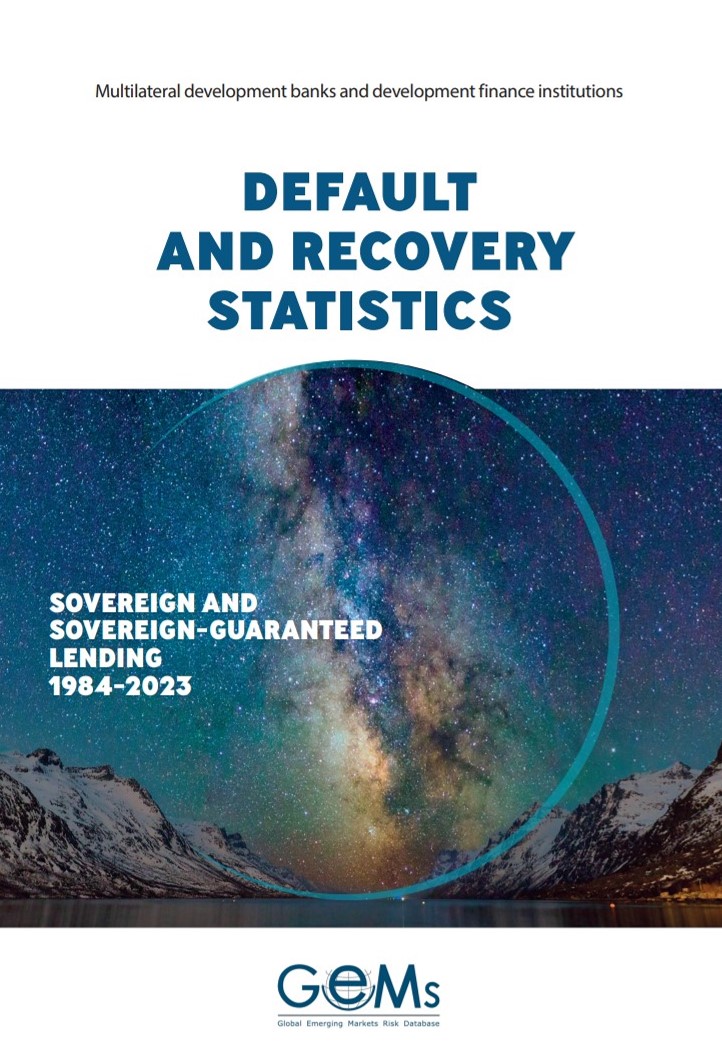Press release, FAQs on GEMs institutional developments and new article are out.
Global Emerging Markets
Risk Database Consortium
Leveraging data from Multilateral Development Banks and Development Finance Institutions to support investment and development
IN THE SPOTLIGHT
News
Events
International Fora
PRESS RELEASE
New publications by GEMs Consortium offer further insights into emerging market credit risk
Two new publications by Global Emerging Markets Risk Database (GEMs) Consortium provide granular default and recovery patterns for over three decades of development finance, and highlight the key drivers of investment risk in emerging markets and developing economies (EMDEs).
Luxembourg, October 15, 2024 — Two new publications released today by the GEMs Consortium – a group of 26 multilateral development banks (MDBs) and development finance institutions (DFIs) – provide further insights on the level of credit risk in EMDEs according to the investment experience of Consortium members.
The first publication covers the credit performance of lending to private and public counterparts. The average annual default rate of lending to private entities at 3.56% is broadly aligned with many non-investment grade firms in advanced economies, and the average recovery rate of 72.2% is higher than many global benchmarks. Although the GEMs statistics reflect the unique experience of MDBs and DFIs, these results provide valuable information on the investment risk in EMDEs, an area characterized by a lack of available credit risk data.
The second publication provides default rates and – for the first time – recovery rates for sovereign and sovereign-guaranteed lending based on an expanded range of 40 years of data. Results shows an average annual default rate of 1.06% and an average recovery rate of 94.9% and complement the GEMs statistics on private and public counterparts to provide a comprehensive view on EMDEs credit risks.
These increasingly granular statistical publications by the GEMs Consortium address the call by the G20 and other stakeholders to provide investors greater insights into credit risks in emerging markets, thereby allowing them to better guide their asset allocations. The new publications provide statistics at the country and sector level, as well as a range of newly introduced metrics.
“The availability of credit statistics is critical to mobilizing more private investment into emerging markets and developing economies by helping investors better understand the risk profile of such investments,” said Román Escolano, Group Chief Risk Officer, European Investment Bank. “The updated publications, with greater disaggregation and analysis, address feedback from our key stakeholders, and GEMs plans to continue publishing such statistics in a timely manner.”
EMDEs generally receive less investment than advanced economies. At the same time, developing countries need $4 trillion of annual investment to achieve the Sustainable Development Goals by 2030, and $2.8 trillion of annual clean energy investment by next decade to meet both rising energy demands and climate targets.
“The GEMs statistics challenge the conventional view that emerging markets are high-risk destinations for investment,” said Federico Galizia, Vice President, Risk and Finance, International Finance Corporation. “With 30 years of default frequencies and recovery rates, and now even further levels of disaggregation, GEMs shows that emerging market investments should be within the risk appetite of a broad range of investors.”
The GEMs publications include default and recovery rates for over three decades of lending by Consortium members to private, public, and sovereign borrowers. The disclosed historic default and recovery rates can be used by investors and credit rating agencies to refine their risk assessment and asset allocation, and provide a useful benchmark for risk and pricing models. Both new publications are available on the GEMs website (www.gemsriskdatabase.org).
About GEMs
Global Emerging Markets Risk Database (GEMs) Consortium is one of the largest credit risk databases for the emerging markets operations of its member institutions – multilateral development banks and development finance institutions. It pools anonymized data on credit defaults on the loans extended by Consortium members the migrations of their clients’ credit rating and the recoveries on defaulted projects in emerging markets and developing economies, thus providing an insight into geographies that are otherwise relatively poorly served in terms of empirical credit information.
GEMs was established in 2009 as a bilateral initiative between the European Investment Bank and the International Finance Corporation (World Bank Group). Since then, the GEMs Consortium has grown to include 26 members: African Development Bank (AfDB), Agence Française de Développement (AFD), Asian Development Bank (ADB), Asian Infrastructure Investment Bank (AIIB), Black Sea Trade and Development Bank (BSTDB), Banque Ouest Africaine de Développement (BOAD), British International Investment (BII), Council of Europe Development Bank (CEB), Central American Bank for Economic Integration (CABEI), European Bank for Reconstruction and Development (EBRD), European Investment Bank Group (EIB), GuarantCo, Inter-American Development Bank (IDB), Inter-American Investment Corporation (IDB Invest), International Finance Corporation (IFC), International Bank for Reconstruction and Development (IBRD), International Fund for Agricultural Development (IFAD), Islamic Development Bank (IsDB), Kreditanstalt für Wiederaufbau (KfW), Multilateral Investment Guarantee Agency (MIGA), Netherlands Development Finance Company (FMO), U.S. International Development Finance Corporation (DFC), New Development Bank (NDB), Proparco, Cassa Depositi e Prestiti (CDP), and Development Bank of Southern Africa (DBSA).
FAQs
ABOUT US
GEMs was established in 2009 as a joint initiative between the European Investment Bank (EIB) and the International Finance Corporation (IFC – World Bank Group). Since then, the GEMs consortium has grown to include all major MDBs and DFIs worldwide.
The Consortium members contribute anonymized data on their projects’ credit events notably in emerging markets and developing economies. In return, members gain access to aggregate GEMs statistics on observed default rates, rating migration matrixes and recovery rates by geography, sector, time-period and various other dimensions.
GEMs statistics thus provide members with an insight into geographies that are otherwise relatively poorly served in terms of empirical credit information.
Institutions
Years of data
Counterparts
Contracts
OUR GUIDING PRINCIPLES
Cooperation
Confidentiality
Data Quality
DATA COLLECTION AND REPORTING
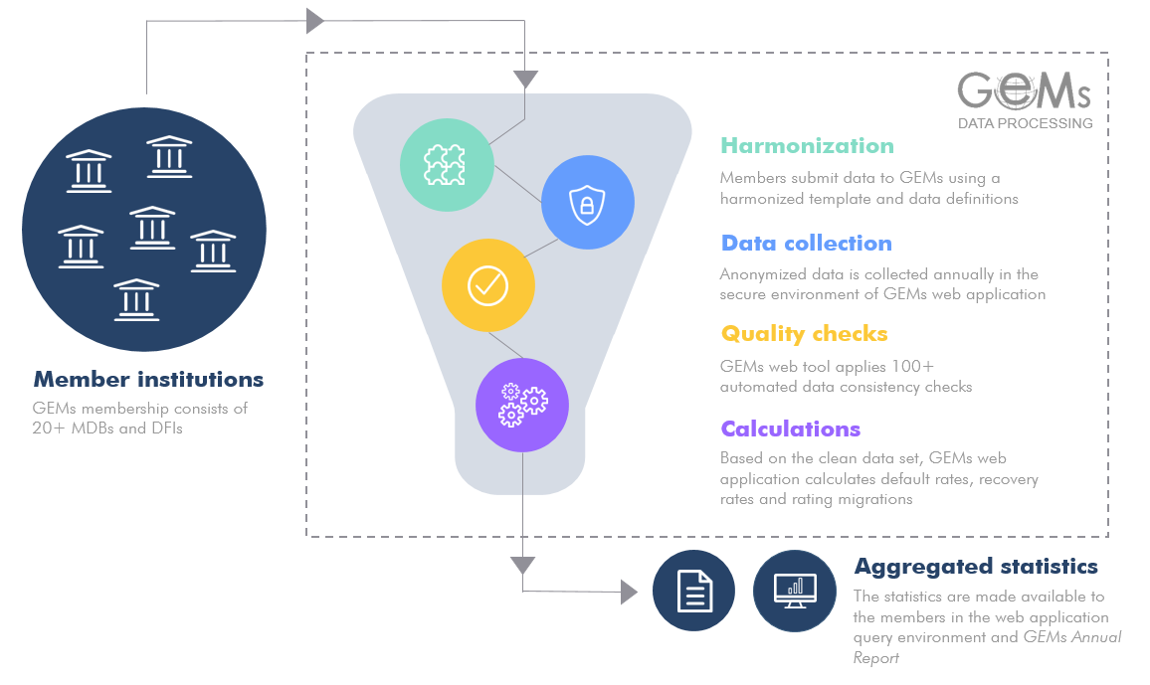
Steering Committee
The Steering Committee, co-chaired by the European Investment Bank Group and the World Bank Group, represents the interests of the members and defines the strategic and operational priorities. Additionally, the Steering Committee decides on the admission of any additional member institutions into the consortium. The Steering Committee currently is comprised of seven multilateral development banks: European Investment Bank (EIB), International Finance Corporation (IFC), International Bank for Reconstruction and Development (IBRD), African Development Bank (AfDB), Asian Development Bank (ADB), European Bank for Reconstruction and Development (EBRD) and Inter-American Development Bank (IDB).

Román Escolano

Lakshmi Shyam-Sunder

Federico Galizia

Rachel Robboy
Inter-American Investment Corporation

David Coleman

Stephen O'Leary

Ifedayo Orimoloye
SECRETARIAT
GEMs Secretariat

Gregor Cigüt
GEMs Secretary General (act.)

Frank Sperling
GEMs Secretariat

Amine Amesrouh
GEMs Secretariat

Pierre-Alexandre Robert
GEMs Secretariat
Membership

Membership eligibility criteria
– Entities within or funded by the public sector (such as MDBs) which have as their role and function the financing and development of emerging markets and are International Financial Institutions established by treaty.
If you’d like to inquire about the membership, please contact the GEMs Secretariat via the form below. The final decision on applications for membership will be made by the GEMs Steering Committee.
You are an eligible institution? Why should you join GEMs?
To have access to the GEMs database webtool
To receive the GEMs Annual Report
To benefit from the GEMs User Guide
To receive guidance on data and methodology
To Network and stay up-to-date
Default and recovery statistics- Private and public lending
GEMs default statistics publication on private and public lending 1994-2023
(i) default and recovery statistics in a single report, as opposed to separate reports previously;
(ii) disaggregation of statistics by countries, granular sector cuts, and region/sector combinations, not available in previous reports;
(iii) statistical quantities such as medians and distributions, in addition to averages reported previously.
GEMs is pleased to make its Private and public lending publication freely available. Please just fill the form below to download the report. We look forward to receiving feedback from the readers and working with the stakeholders to improve the focus and content of the future reports.
Default and recovery statistics- Sovereign and sovereign-guaranteed lending
GEMs default statistics publication on sovereign and sovereign guaranteed lending 1984-2023
(i) statistics derived from 40 years of pooled data, which is more than a decade more than previously; (ii) recovery statistics;
(iii) statistical quantities such as medians and distributions, in addition to averages reported previously.
GEMs is pleased to make its Sovereign and Sovereign-guaranteed publication freely available. Please just fill the form below to download the report. We look forward to receiving feedback from the readers and working with the stakeholders to improve the focus and content of the future reports.
Articles
Reassessing Risk in Emerging Market Lending: Insights from GEMs Consortium Statistics
Federico Galizia and Susan Lund[1]
[1] International Finance Corporation. Federico Galizia is Vice President, Risk and Finance. Susan Lund is Vice President, Economics and Private Sector Development. Contributions by Rapti Goonesekere, Paolo Mauro, Cesaire Meh, Florian Moelders, Mohammed Saleh are gratefully acknowledged.
Master Scale
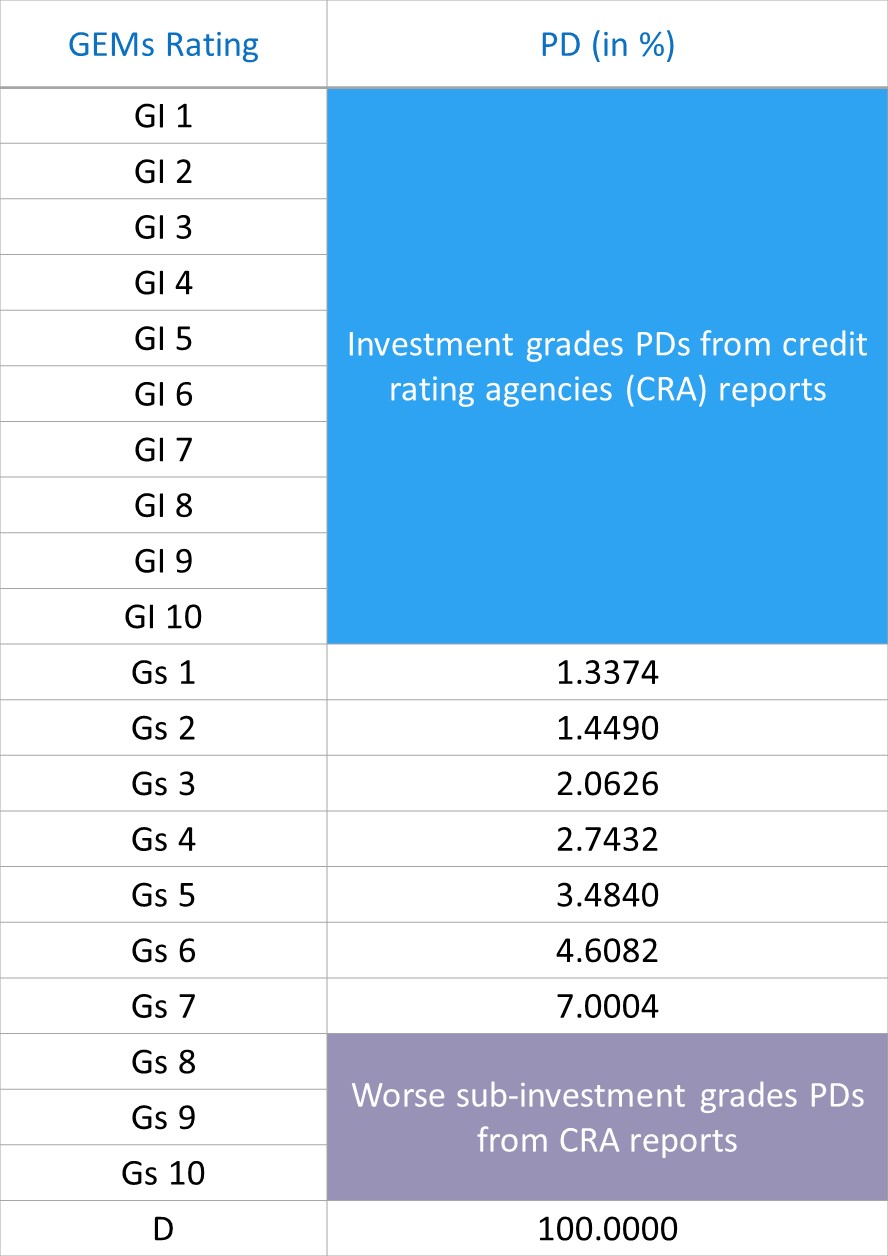
Disclaimer
Neither GEMs nor any GEMs consortium member or their respective constituents represents or warrants as to the accuracy, reliability or completeness of the content included in this work, or for the conclusions or judgments described herein. Moreover, neither GEMs nor any of its members shall have any responsibility or liability whatsoever to any recipient or to any other party in connection with or arising in any way from such content, conclusions or judgments, or for any omissions or errors (including, without limitation, typographical errors and technical errors) included therein or for reliance thereon. Neither GEMs nor any GEMs consortium member or their respective constituents has an obligation to independently verify the information upon which the work is based, or to update the work for any reason including in the event of changes in that underlying information.
The contents of this work are intended for general informational purposes only. This work and its contents shall not constitute and should not be construed as an offer, a guarantee, an opinion regarding the appropriateness of any investment, or a solicitation or invitation of any type. This work and its contents are not intended to provide, and should not be relied on as providing, financial, accounting, legal, securities, investment or any other type of advice.
Contact

